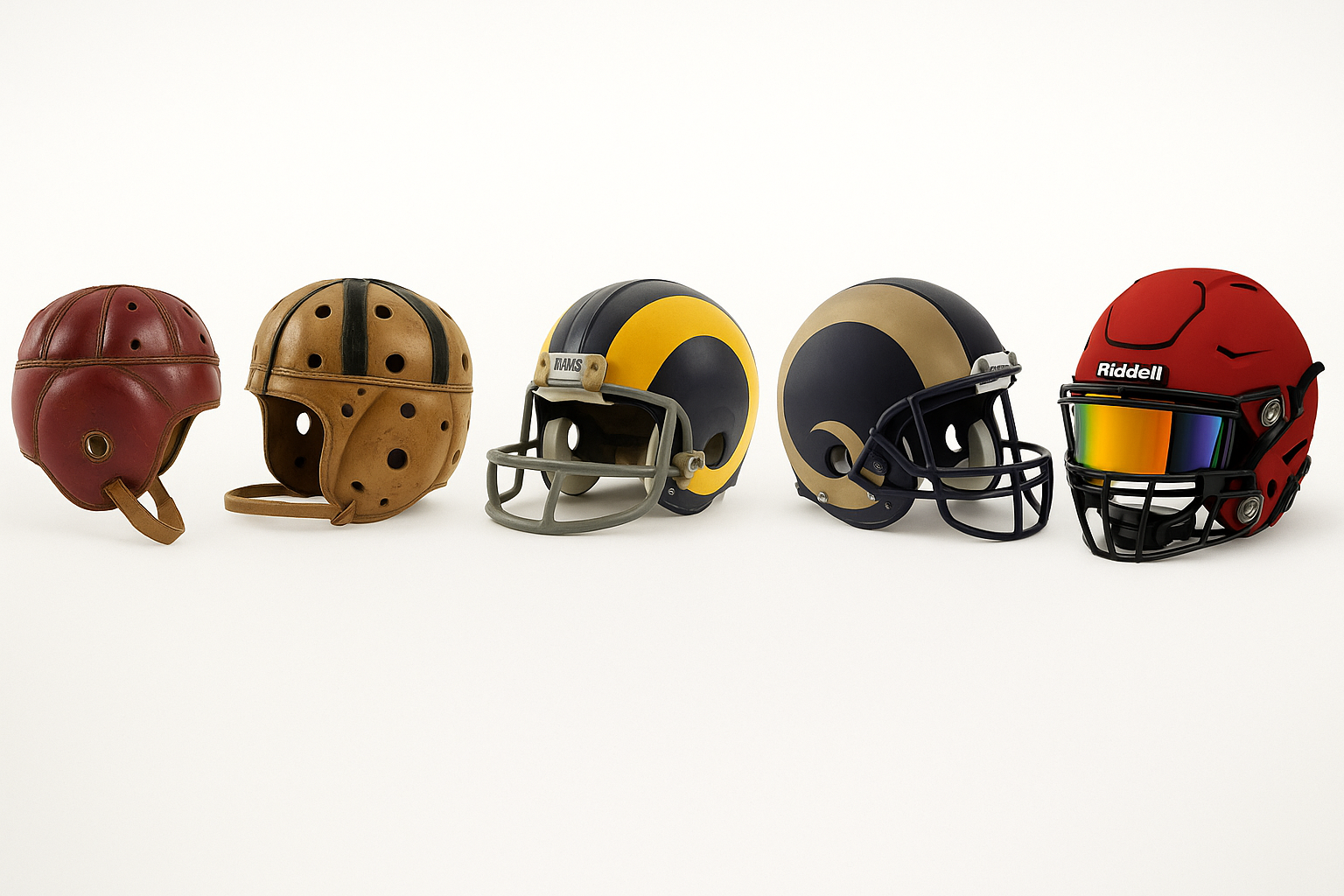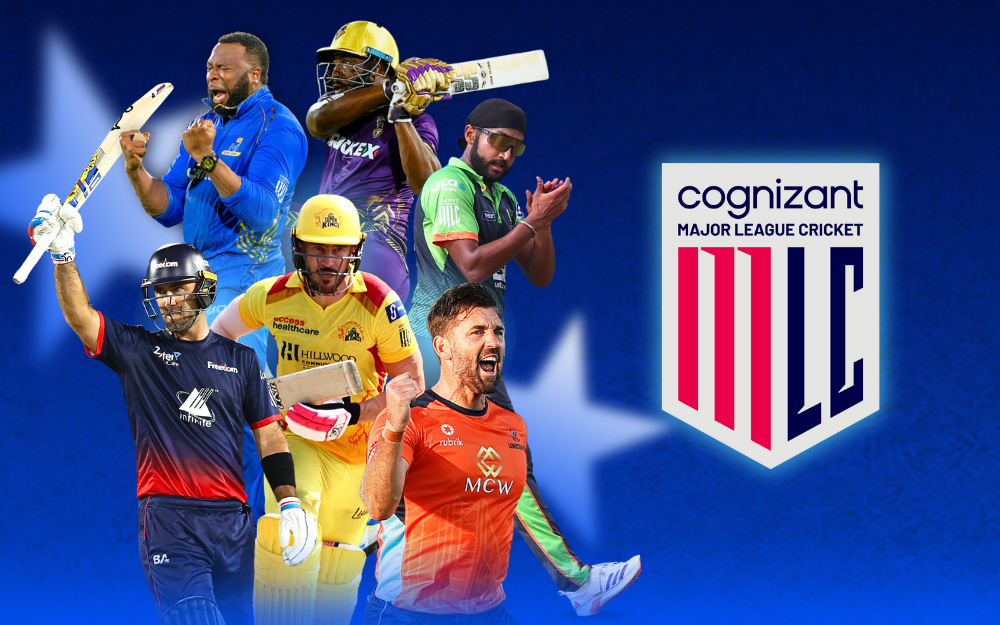From Leather to Lattice: A Love Letter to the Real MVP, The Helmet

As the NFL schedule drops, let’s appreciate the gear that keeps heads in the game (mostly).
Having lived in Vail for ten years and developing a ‘healthy’ need for racing down the mountain strapped to a board, I’ve become a bit of a stickler when it comes to wearing a helmet.
With this new information it should come as no surprise that when the NFL Schedule popped OFF this week, my first thought was okay helmets ON this week.
I’d therefore like to shed some light on how American Football stopped being bareheaded mayhem and evolved into a fascinating story of innovation driven by safety, technology and changes in the game itself.
It’s best to break the evolution down into six eras:
1. Early Beginnings (Late 1800s – Early 1900s)
In 1893 the first football "helmet" is often credited to Joseph M. Reeves.
A Navy Admiral whom, after being warned by a Navy doctor that another blow to the head could result in serious injury or death, commissioned a local shoemaker to create a leather helmet to protect his head during games.
This invention became one of the earliest forms of the football helmet and played a significant role in the evolution of protective headgear in sports, however it’s worth noting helmets were optional in the early 1900s, and many players chose not to wear them, even at the collegiate level.
2. Leather Helmet Era (1920s–1940s)
The next 20 years seemed to keep appearances in high priority versus safety, as helmets evolved into hardened leather but with only minimal padding added.
The style now included a Flat-Top Design with wingtips and colors for team identity. They still lacked a face mask and players were still incredibly susceptible to head injuries. However this 20-year span did see the helmet become more popular as football rules changed and games became rougher and more competitive.
3. Plastic Revolution (1940s–1950s)
Like Barbie said - life in plastic, it’s fantastic.
In 1940 John T. Riddell introduced the first plastic helmet which proved to be more durable and moldable than leather.
While there was initial resistance from the NFL due to safety concerns (plastic shattering on impact being one of them), they withstood the durability tests and returned with improved safety standards after WWII. One particular addition was a single bar of plastic-covered metal across the front (early onsets of what we now know as the facemask) plus a chin-strap.
4. Standardization and Safety (1960s–1980s)
With the tech boom its no surprise technological enhancements found their way to the helmet.
Internal padding systems were added to each helmet to improve comfort and shock absorption. Helmets could now be found equipped with air bladders, suspension systems, and this maybe took a little too long to come to surface; custom fits. Molding the head of specific players for the most protection.
The 1970s also brought with it a standards committee in which helmets now had to meet specific safety criteria to be used in games and it varied not only by the size of your dome, but also by your position on the field.
5. High-Tech and Customization (1990s–2000s)
Advanced materials and the visor rocked this decade.
Polycarbonate shells replaced earlier plastics as they were found to be lighter, stronger, and more impact-resistant.
Improved ventilation, sweat-wicking liners, and enhanced padding were added for comfort, and Visors became popular to protect eyes from glare, debris, and injuries and were often made of impact-resistant polycarbonate.
6. The Modern Helmet (2010s–Present)
You is Kind. Your helmet is Smart, and now more important than ever.
Driven by the concussion crisis and research into CTE (Chronic Traumatic Encephalopathy), safety has become paramount so the past two decades have worked to incorporate sensor technology in each helmet.
Accelerometers measure linear acceleration (how quickly the helmet, and therefore the head, is moving in a straight line, and can detect the force of an impact. Gyroscopes track rotational motion, such as spinning or twisting as these rotational forces are especially dangerous for the brain and therefore closely monitored. Pressure Sensors are used to detect pressure changes within the helmet that may correspond with certain types of impacts. Microprocessors are now embedded in the helmet to collect and transmit the data from the sensors for real-time or post-play analysis, and Wireless Transmitters send the data to sideline monitors, tablets, or cloud-based platforms, allowing coaches and medical staff to monitor impacts as they happen. Real time alerts as well as post-game review are now analyzed and stored to identify patterns, assess cumulative impact exposure, and adjust training or equipment accordingly.
So the next time you're cheering a 60-yard bomb or groaning over a missed field goal, take a moment to tip your cap, or better yet your helmet, to the unsung heroes of innovation, engineering, and safety science. Because while touchdowns win games, it's the quiet, padded guardian on every player’s head that helps make sure they’re around to celebrate the next one.
Oh, and if you’d like to tip your cap IRL, find your team and your game HERE.


